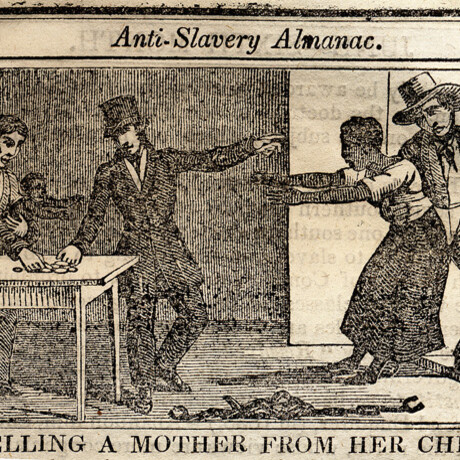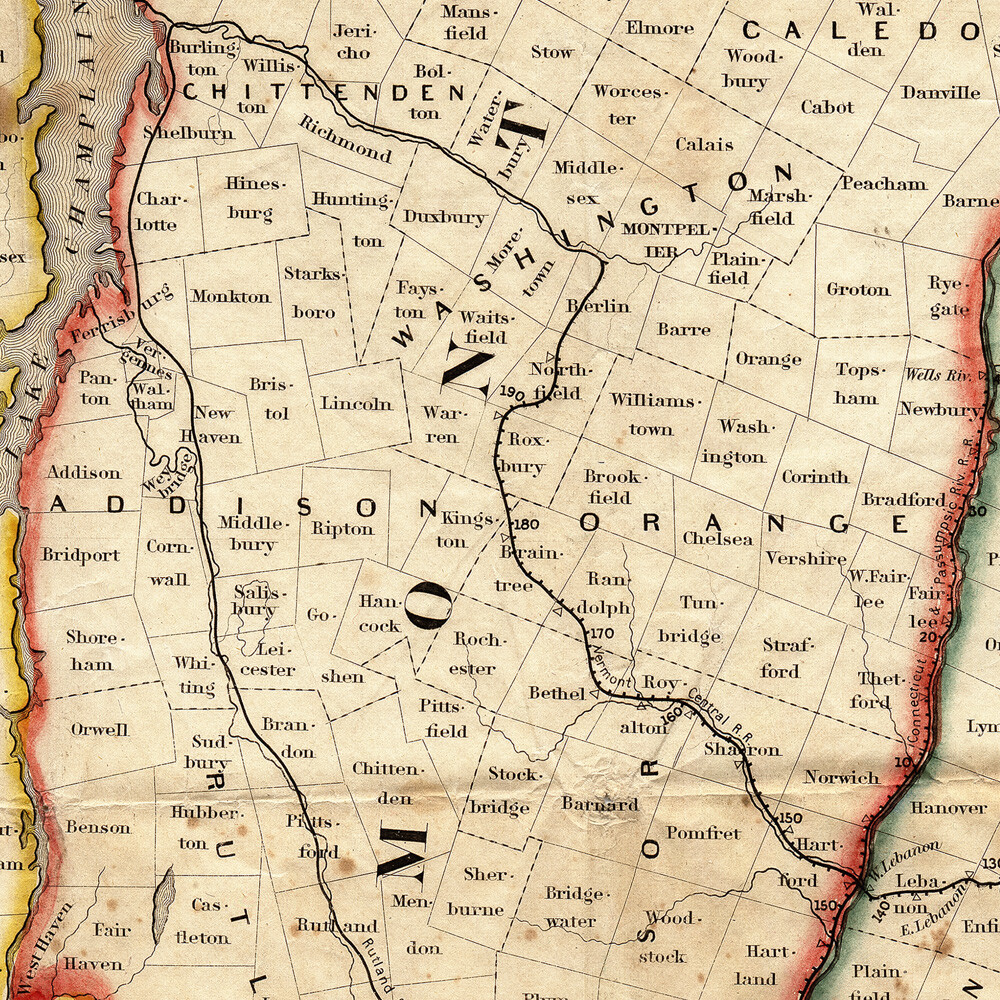Vermont history from 1800-1849
What historic events happened in the first half of the 19th century?
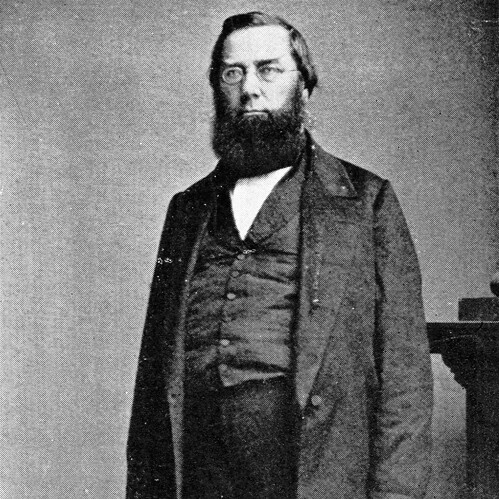
March 15, 1801
George Perkins Marsh, lawyer, congressman, ambassador, and language scholar, is born in Woodstock. Marsh observed the destructive washing away of topsoil by rain and guessed correctly that this was due to the cutting down of the state's forests. Many believe that his book Man and Nature (1864) started the conservation movement in the United States.
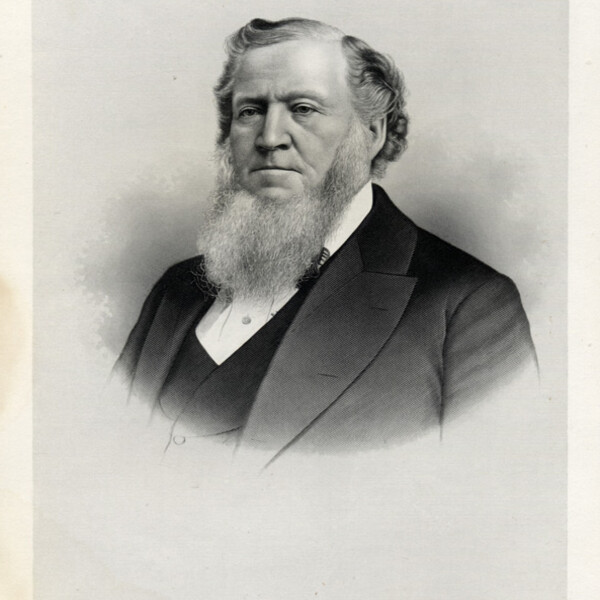
June 1, 1801
Brigham Young was born on this day in Whitingham, Vermont. In 1844, Young became the leader of the Mormon church when church founder Joseph Smith of Sharon, Vermont, was shot. The Joseph Smith monument in Sharon and the Brigham Young monument in Whitingham commemorate their lives.
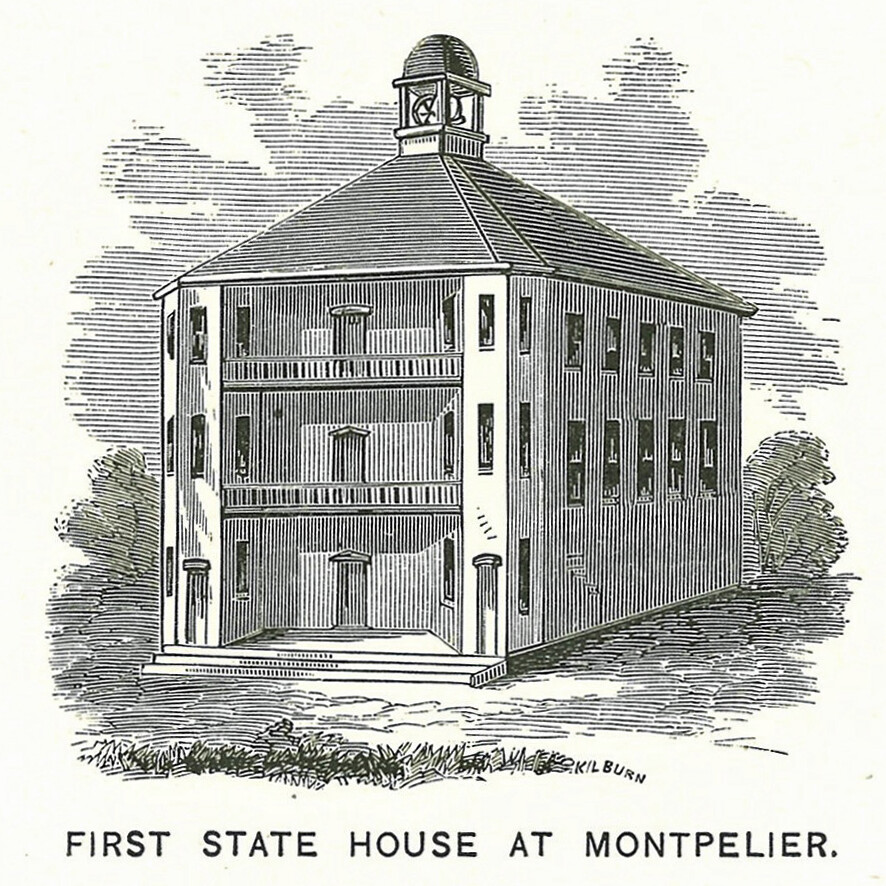
November 8, 1805
Montpelier was selected as Vermont's official capital.
Mom, There's a Legislator in Our Kitchen (PDF)
Vermont Government Finds a Home (PDF)
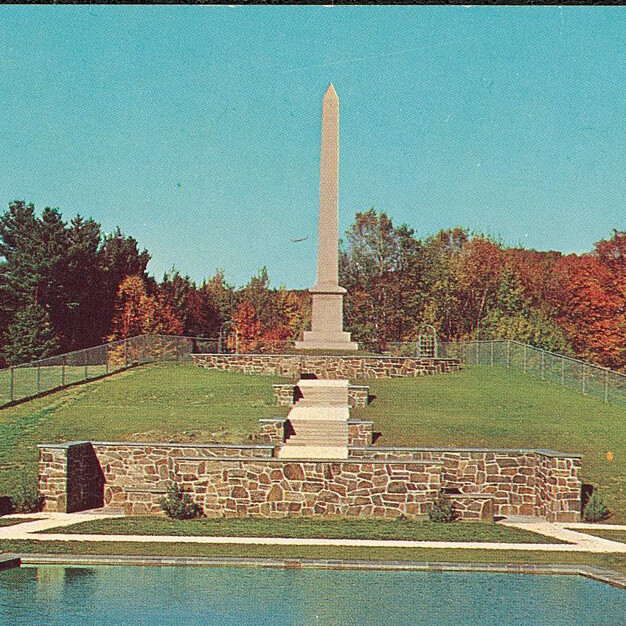
December 23, 1805
Joseph Smith was born in Sharon, Vermont. Smith is the founder of The Church of Jesus Christ of Latter-day Saints.
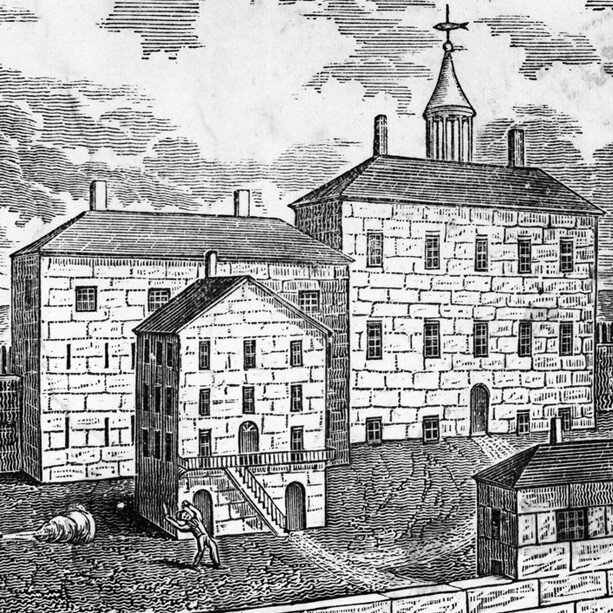
January 30, 1808
The state of Vermont bought four acres of land to build Vermont’s first prison in Windsor. People were excited to see the new prison. The prison was open to visitors once a week. The prison closed in 2017 after over 200 years.
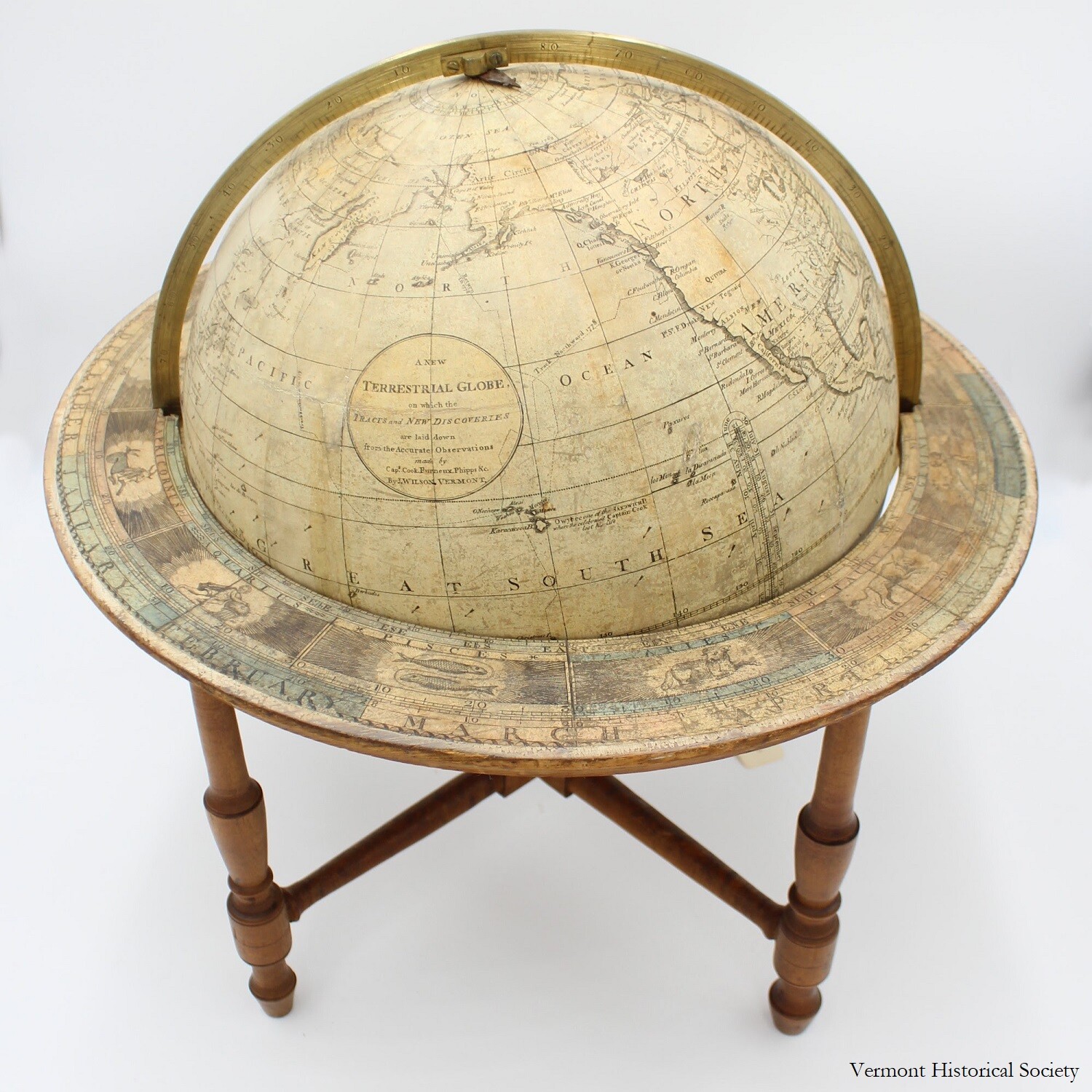
January 18, 1810
James Wilson, from Bradford, sold his first globe. Wilson taught himself how to make globes. He became a master at painting, woodworking, blacksmithing, and even engraving to make his globes. Through his efforts, Wilson made and sold high-quality globes for almost 50 years.
James Wilson (video)
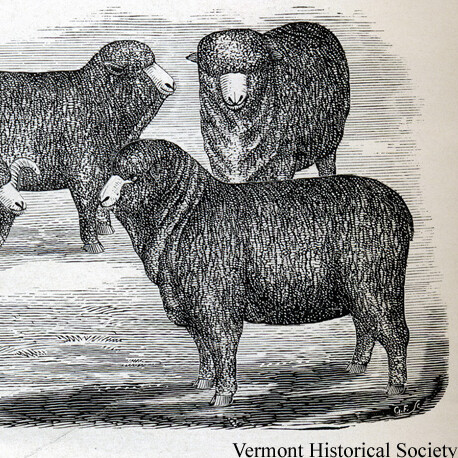
April 10, 1810
William Jarvis loads Merino sheep on board a ship in Spain. Their destination is Vermont, where they will begin the boom in sheep farming.
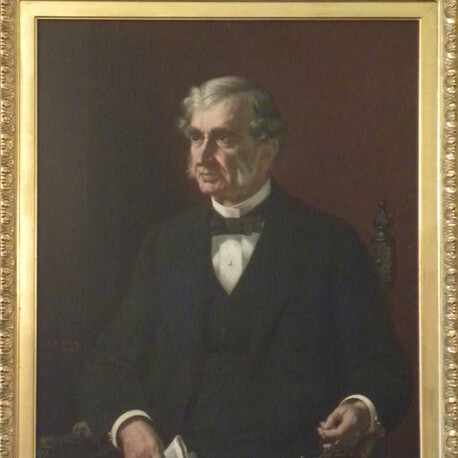
April 14, 1810
Justin Morrill, Vermont senator and author of the U.S. Land Grant College Act, was born on this day. The Land Grant Act, which was signed into law in 1862 by President Abraham Lincoln, established a public agricultural college in every state. Justin Morrill's Gothic cottage in Strafford, Vermont, is an historic landmark and is open to the public.
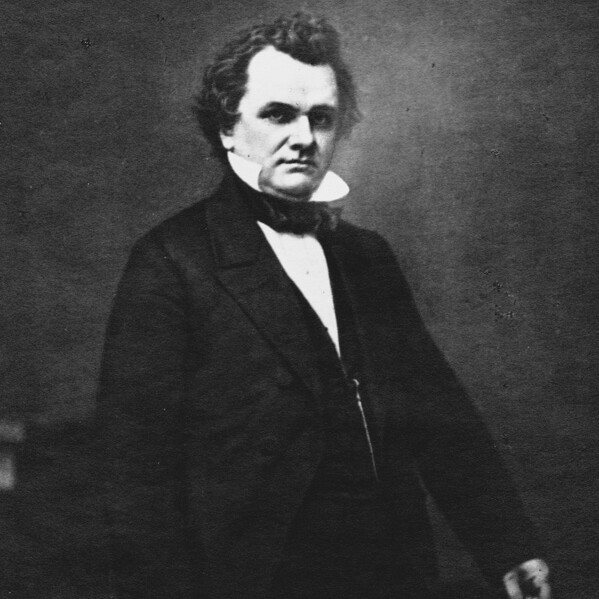
April 23, 1813
Stephen A. Douglas, the politician who ran against Abraham Lincoln in the 1860 presidential election, was born in Brandon, Vermont.
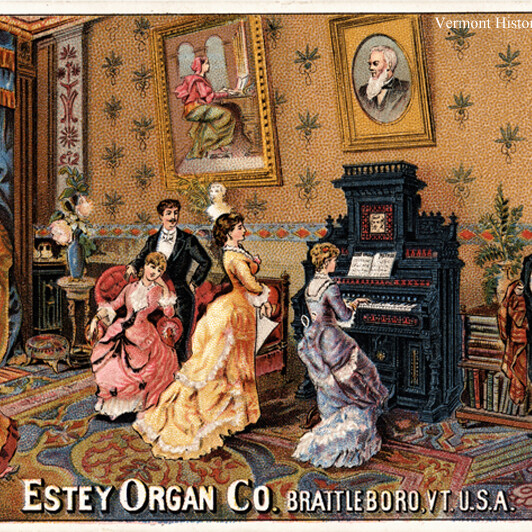
September 30, 1814
Jacob Estey, founder of the world-famous Estey Organ Company of Brattleboro, was born in Hinsdale, New Hampshire.
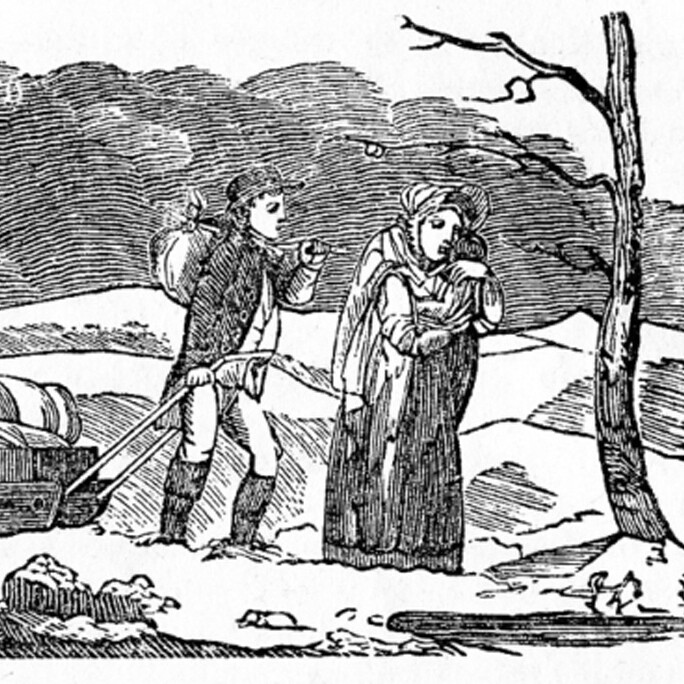
June 8, 1816
On this day, up to six inches of snow fell over most of Vermont. Another snowstorm in July and killing frosts in August and September erased all hope of raising crops that year. Many hard-pressed Vermonters were forced to eat roots and hedgehogs. Others left the state. The year 1816 has been known in Vermont ever since as "the year without a summer" and "eighteen-hundred-and-froze-to-death."
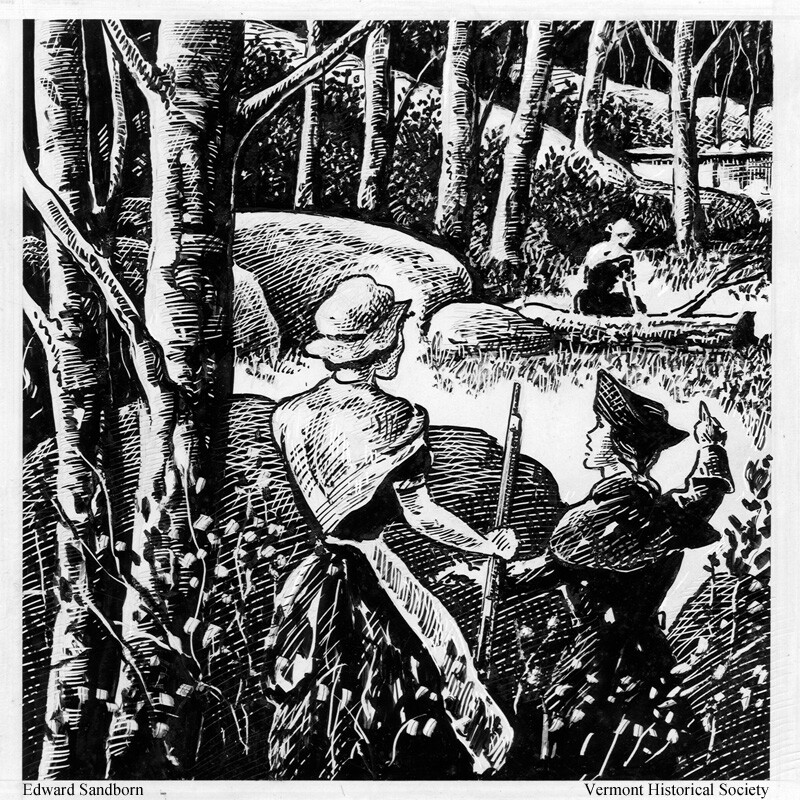
April 5, 1817
Ann Story, one of Vermont's most courageous pioneers, raised five children alone on the frontier at Salisbury, survived many catastrophes, remained loyal to the Green Mountain Boys, and died on this date at the age of eighty-two.
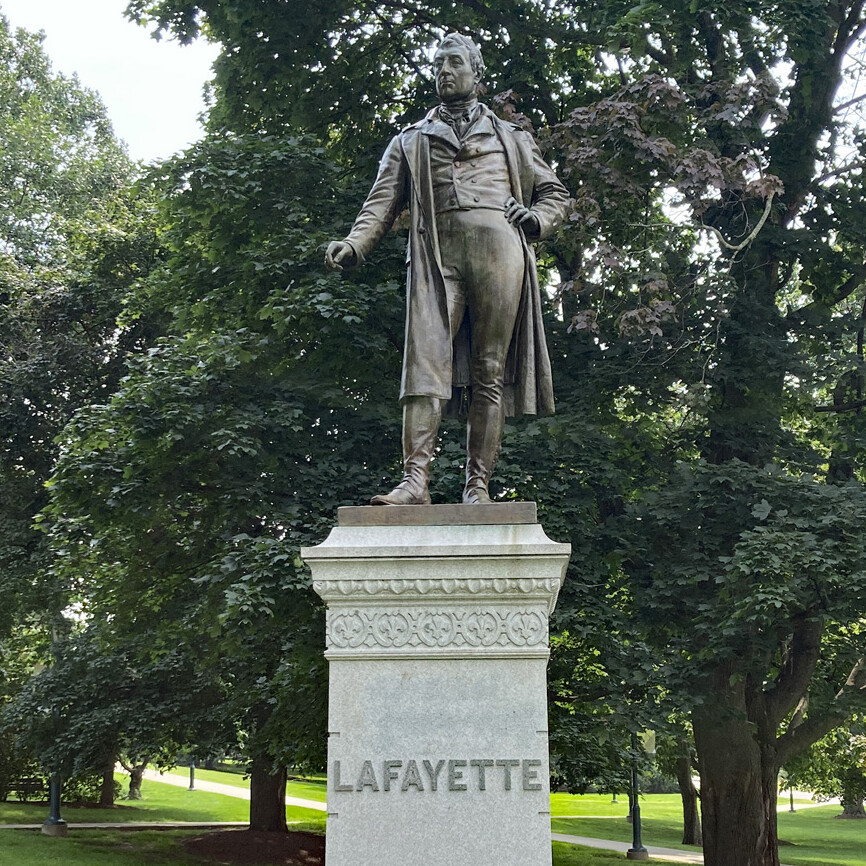
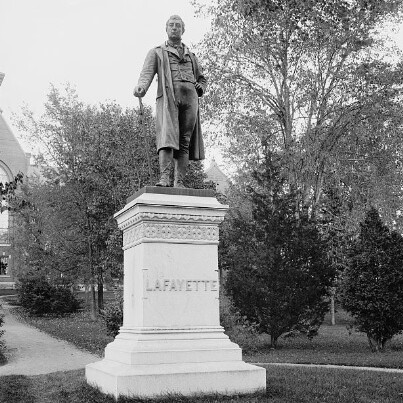
June 28, 1825
The Marquis de Lafayette visited Montpelier on a triumphal journey commemorating his loyal support of the American Revolution fifty years before. Lafayette was a French nobleman who put his fortune and his life at the service of George Washington and became one of our nation's heroes.
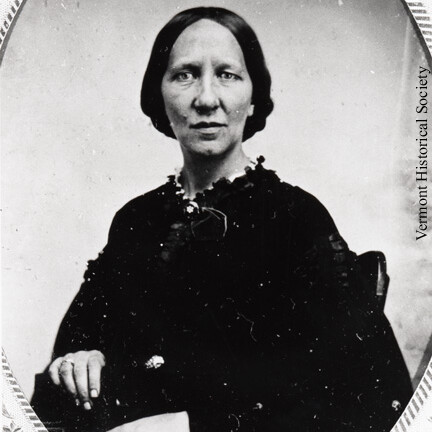
October 7, 1827
Abby Maria Hemenway, the compiler of the Vermont Historical Gazetteer, was born in Ludlow. Hemenway had been a schoolteacher, but decided to ask "a reliable person in every town in Vermont" to write down all he or she could about the town's history. She worked for thirty years and finally published four thick volumes.
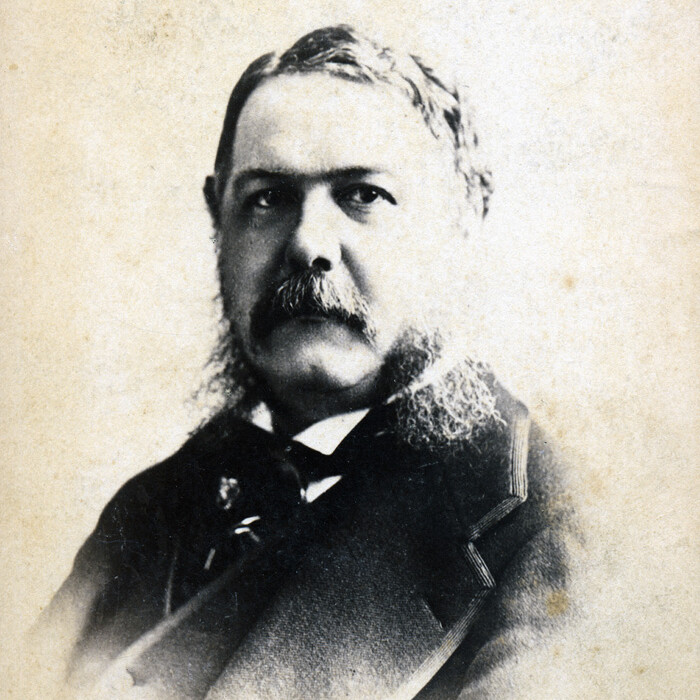
October 5, 1829
Chester A. Arthur, the 21st president of the United States, was born in Fairfield, Vermont. Arthur was vice-president under President Garfield. When James Garfield was assassinated in 1881 Chester Arthur became president. Arthur was said to have owned a huge wardrobe of more than sixty suits of clothes.
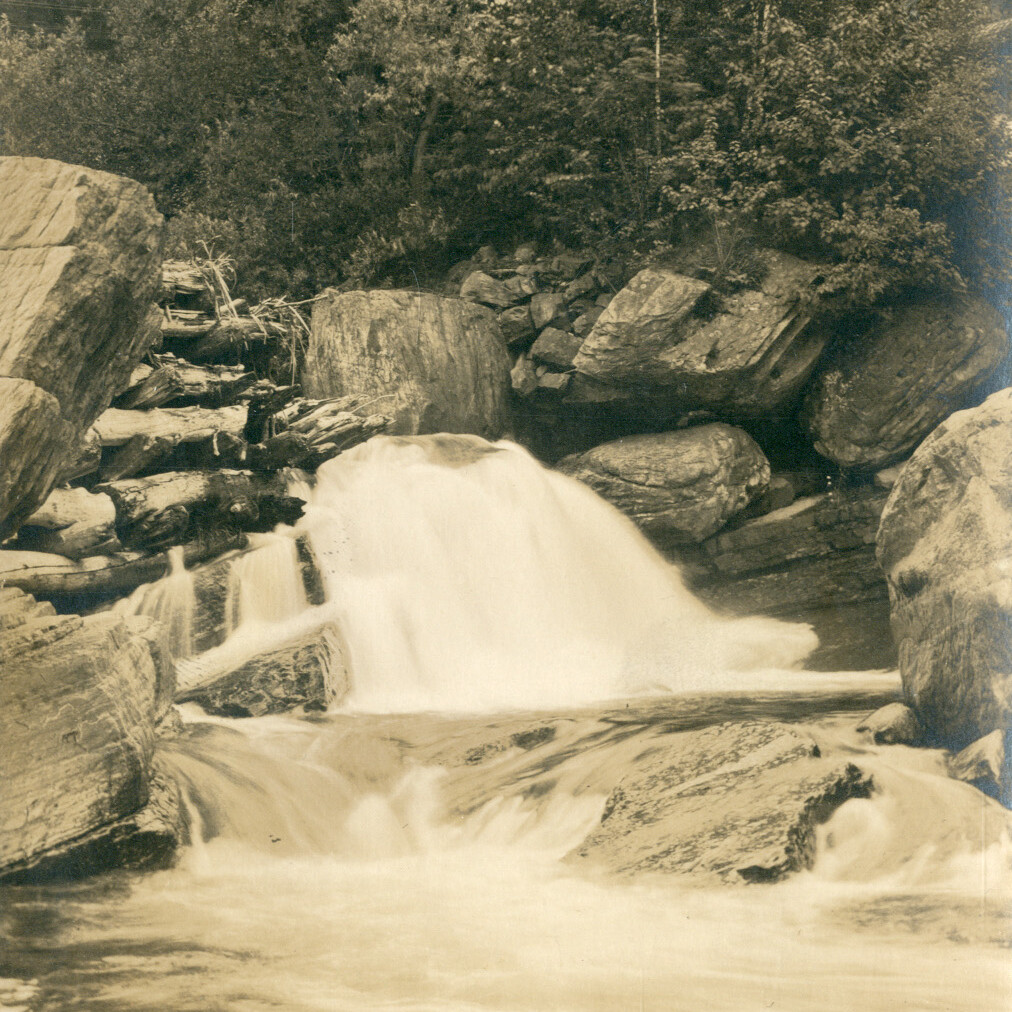
July 26, 1830
The rising waters of the New Haven River surround nineteen people at New Haven West Mills. They are swept downstream and only five escape.
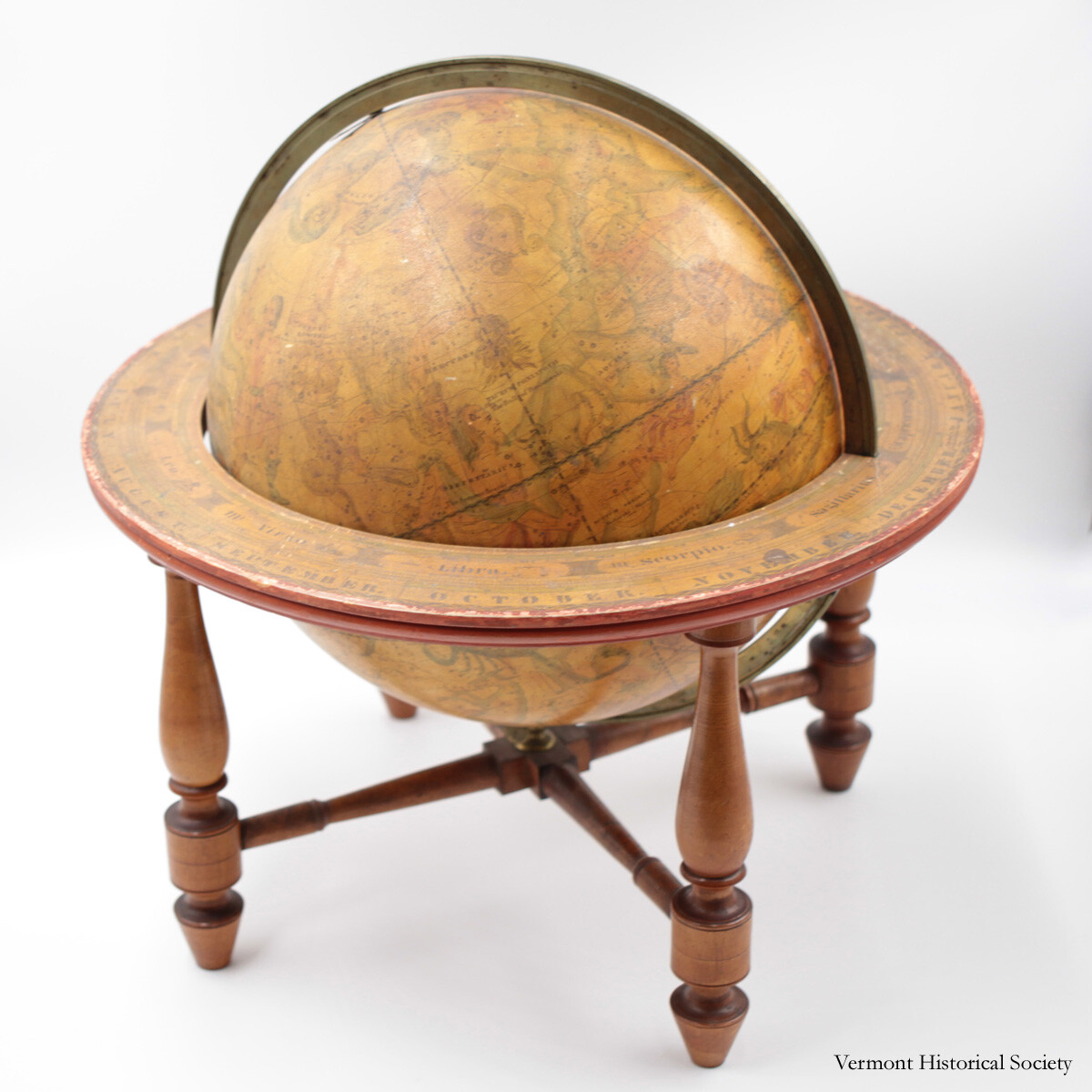
November 13, 1833
On this night Vermonters were treated to a great meteor shower. A witness in Reading, Vermont, described it like this: The meteoric shower of November 13, 1833, was one of the most wonderful sights I ever witnessed. The night was perfectly clear, and about ten o'clock the display began. Thousands of meteors fell, some of them of dazzling brilliance. The flashing was incessant, many of the same time falling in all directions. Some were awakened from sleep by the glare, and the superstitious thought that the end of the world had come.
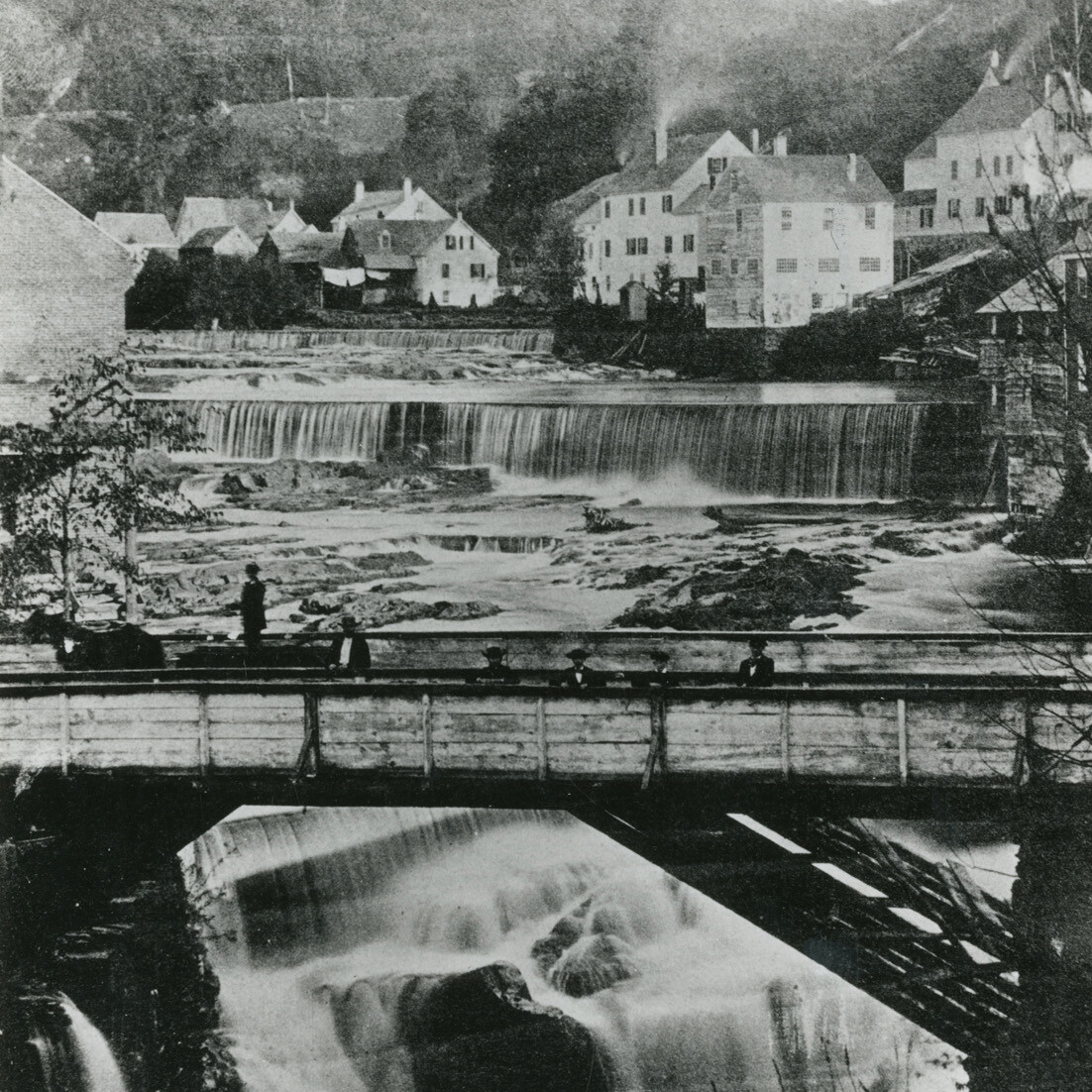
June 14, 1834
Isaac Fisher of Springfield receives a patent from the United States government for the invention of sandpaper.
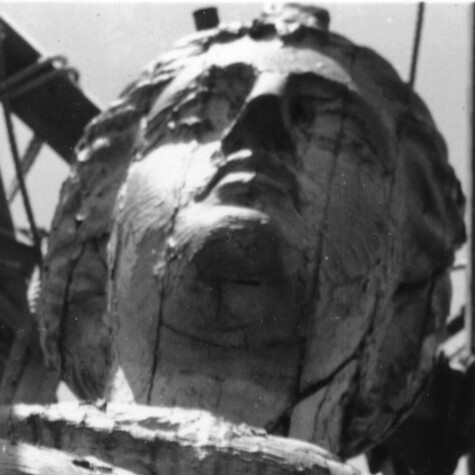
January 3, 1835
Larkin Goldsmith Mead, Jr. was born in New Hampshire. Mead grew up in Brattleboro, Vermont and became an artist. He is famous for designing the first statue to sit on top of the State House.
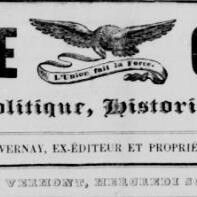
November 22, 1837
After a rebellion of French Catholics in Lower Canada fails, its leader, Louis Joseph Papineau, and other rebels flee to Swanton, St. Albans, Highgate, and other northern Vermont towns.
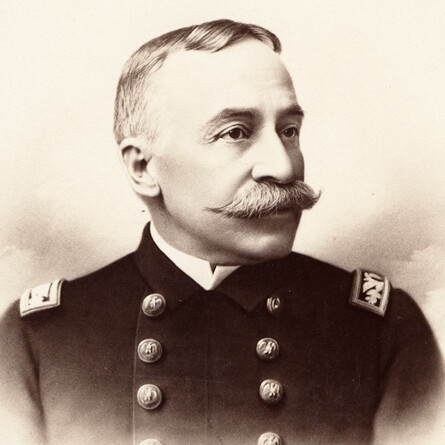
December 26, 1837
Admiral George Dewey, the hero of Manila Bay, was born on State Street in Montpelier across from the Vermont State Capitol. His victory over the Spanish fleet in 1898 made Admiral Dewey the most famous American of the day and he was welcomed home to Vermont with a huge celebration in October, 1899.
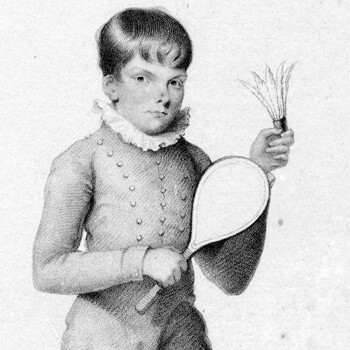
March 2, 1839
Mathematical prodigy Zerah Colburn died at his birthplace in Cabot at the age of thirty-four. Zerah amazed his family when he was five years old by adding and multiplying long numbers in his head. Zerah spent ten years touring France and England, exhibiting his remarkable ability.
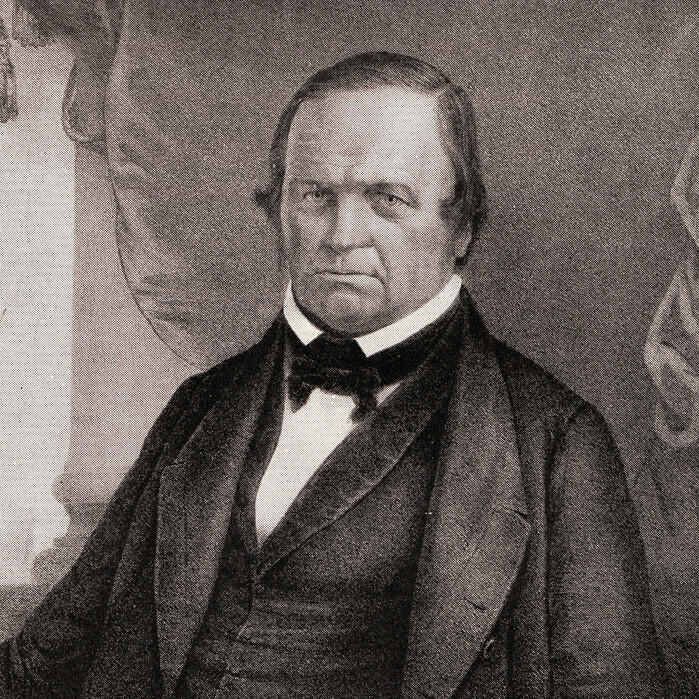
April 21, 1844
Preacher William Miller and his followers predict that the world will come to an end on this day. Miller urges people to give away all they own and to devote themselves to prayer.
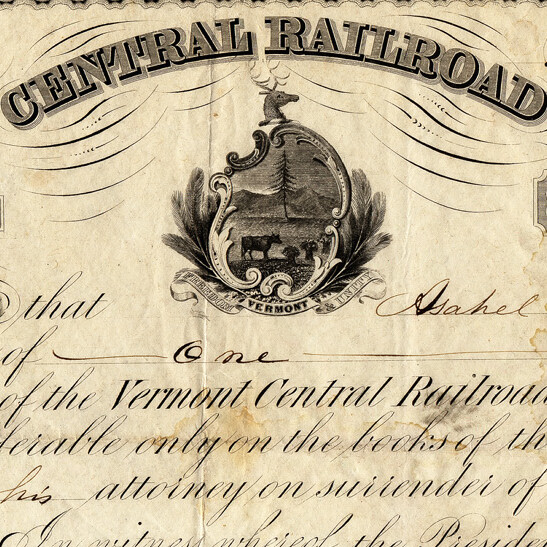
January 28, 1846
Construction began on Vermont’s first railroad, the Vermont Central. The rail went from Hartford to Essex Junction. Trains transported both people and materials across Vermont.
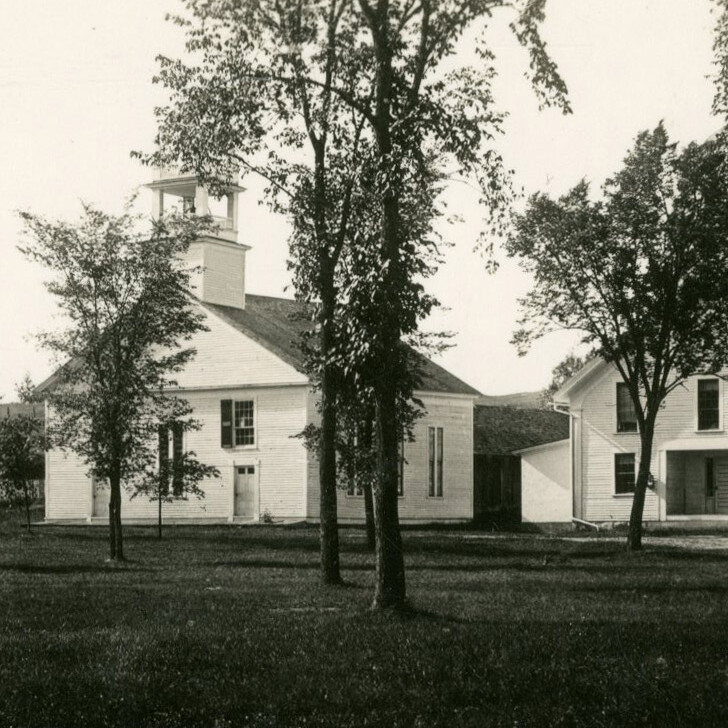
May 11, 1846
Henry Denison, legal advisor to several Japanese emperors, is born on this day in Guildhall.
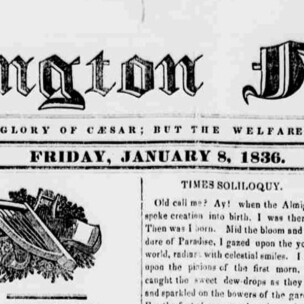
April 1, 1848
The Burlington Free Press becomes the first daily newspaper published in Vermont.
What Makes the News? (PDF)
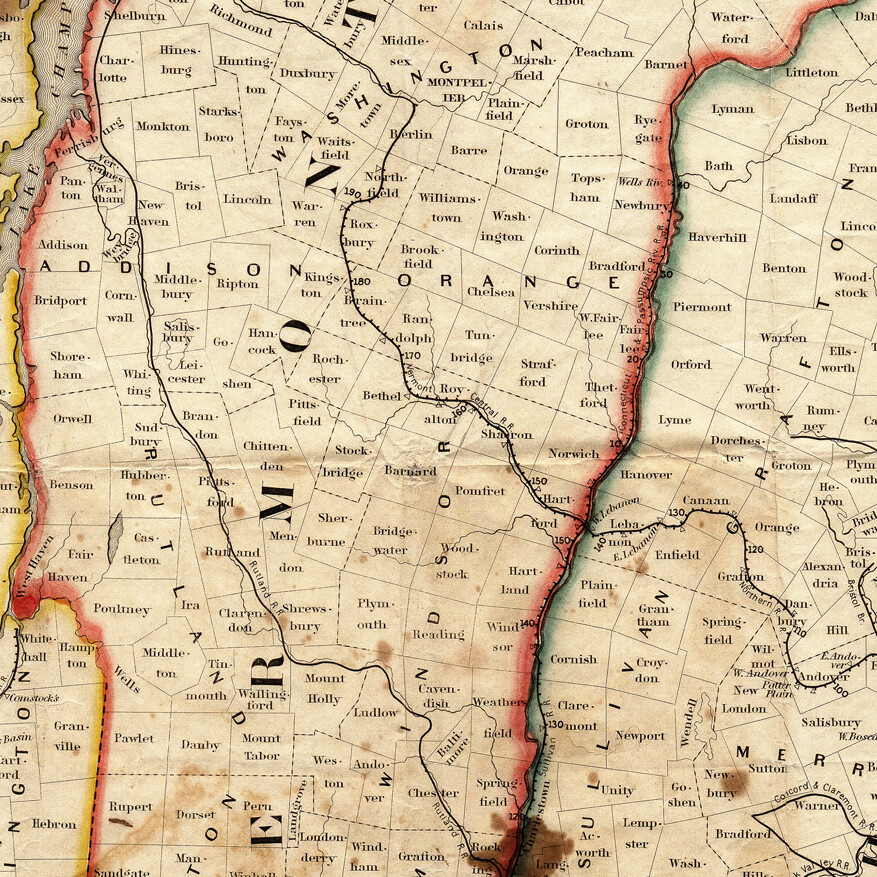
June 26, 1848
The first passengers traveled on the newly constructed Vermont Central Railroad. The passengers traveled by train from White River Junction to Bethel.
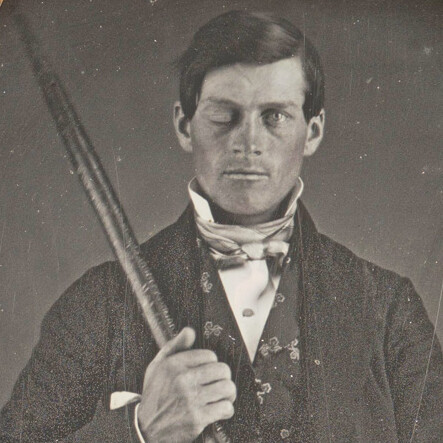
September 13, 1848
Phineas Gage had a horrible accident while working on the new Rutland & Burlington railroad. He survived after a large metal rod shot straight through his head!
Copy and paste this citation to show where you did your research.
Vermont Historical Society. "Vermont history from 1800-1849." Vermont History Explorer. Accessed December 22, 2025. https://vermonthistoryexplorer.org/timeline1800-1849
